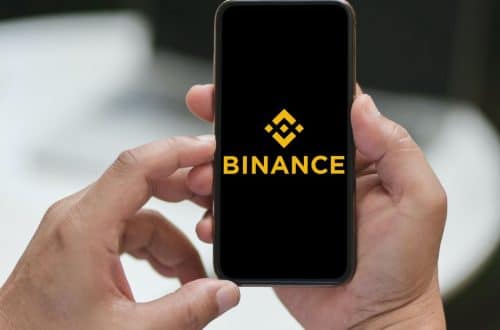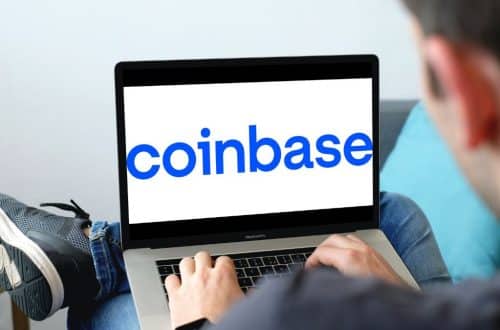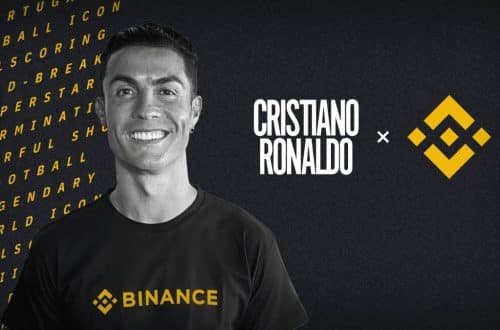
Solana Bug Precipitates Hours Long Outage
Lightning struck in the same place twice as for the second time in one month, the blockchain platform, Solana, struggled with downtime after halting the production of new blocks. The cause was a durable nonce bug.
Solana Beach block explorer provides data that no new blocks were processed by Solana’s validators for several hours, leading to a complete shutdown of its entire application infrastructure. Validators fell back on a restart to get the network up and running again later in the day.
What Really Happened?
According to Anatoly Yakovenko, Solana co-founder, the bug responsible for the outage emanated from the blockchain’s durable nonce feature. It essentially made a section of the network interpret the block as invalid. Mr. Yakovenko said “no consensus could be formed” as a result.
The validators had to disable the durable nonce feature in order to restart the Solana network, while a future update will address the bug. Long after the network’s 4 hours and 10 minutes’ passing out, Solana RPC nodes were still coming back online.
Solana has picked up pace as an emerging alternative to Ethereum as a platform for decentralized apps (DApps), decentralized finance (DeFi) services, games, and NFT collectibles.
The network’s SOL cryptocurrency only recently suffered a dip in value along with the rest of the crypto market. While it’s hard to forget its mercurial rise last fall when it peaked at $260 (c. November 2021), the outage forced it to slide a further 11 percent down in the last 24 hours to dither just above the $40 mark, according to CoinMarketCap. An 84 percent nosedive is more than enough to have investors squirming in their chairs.
What are Durable Nonces?
In relation to cryptography, a nonce is a random number used for a specific purpose. Exchanges have increasingly adopted the technology to facilitate transactions, though they still represent a small fraction of transactions on Solana.
The current bug had probably been in place for a while and only had minimal ramifications because only a few people currently use it.
Durable nonces on Solana are targeted at token-holders with non-simple offline-signing setups who need to prime their transactions fast enough for the speedy network. A single block may be inadequate for a custodian who signs transactions using two air-gapped computers. Normal transactions on Solana would not make the cut in these circumstances, making durable nonces providing the crucial time needed for the token-holder to work.
Solana failed to handle durable nonces well, leading to Wednesday’s unfortunate incident. Rather than treating these niche inbounds as one transaction, the network’s validators counted each one twice as a single transaction at two separate block heights. The inevitable outcome? An impossible scenario that brought Solana’s consensus mechanism to its knees.
Interestingly, Laine from Stakewiz, a Solana validation operator, tweeted that the bug was “known” but had never been triggered “in this form.”
One Crash Too Many
Solana appears to be susceptible to crashes – a total of eight times, according to some estimates. Previous episodes of Solana’s crash history are high-profile and well documented. The network tanked for close to 18 hours last September after a deluge of transactions were sent to a DeFi protocol for a new token launch. The crash was attributed to a “denial of service attack in a Solana Labs postmortem report.”
This year’s April 30 crash happened after NFT minting bots swarmed the network with an avalanche of transactions – no less than 6 million per second. To prevent that issue in the future, Metaplex, Solana’s NFT protocol makers, have implemented a “bot tax” penalty. It remains to be seen if there’s no way to work around this preventive mechanism.
Interestingly, the April 30 loss of consensus happened after Yakovenko claimed nobody would use Bitcoin if the famed cryptocurrency failed to switch to proof-of-stake.
What is Next for Solana?
What’s Next for Solana?
Blockchains and cryptocurrencies are no strangers to wild rides. Solana may have gone down a few times, but it certainly doesn’t look ready to go out. It remains one of the largest cryptocurrencies trailing only Bitcoin and Ether.
It’s faster (50,000 transactions per second) and cheaper ($0.00025 on average per transaction) than Ethereum, so it continues to gain solid ground in the NFT and DeFi ecosystems. This clearly trumps Ethereum’s 13 transactions per second peak.
Solana is a proven alternative to Ethereum, and with big backers, including Andreesen Horowitz and Polychain Capital, who invested $314 million in a private token sale in June 2021, there’s a certain sliver of hope that Solana could well ride into a bright future.







